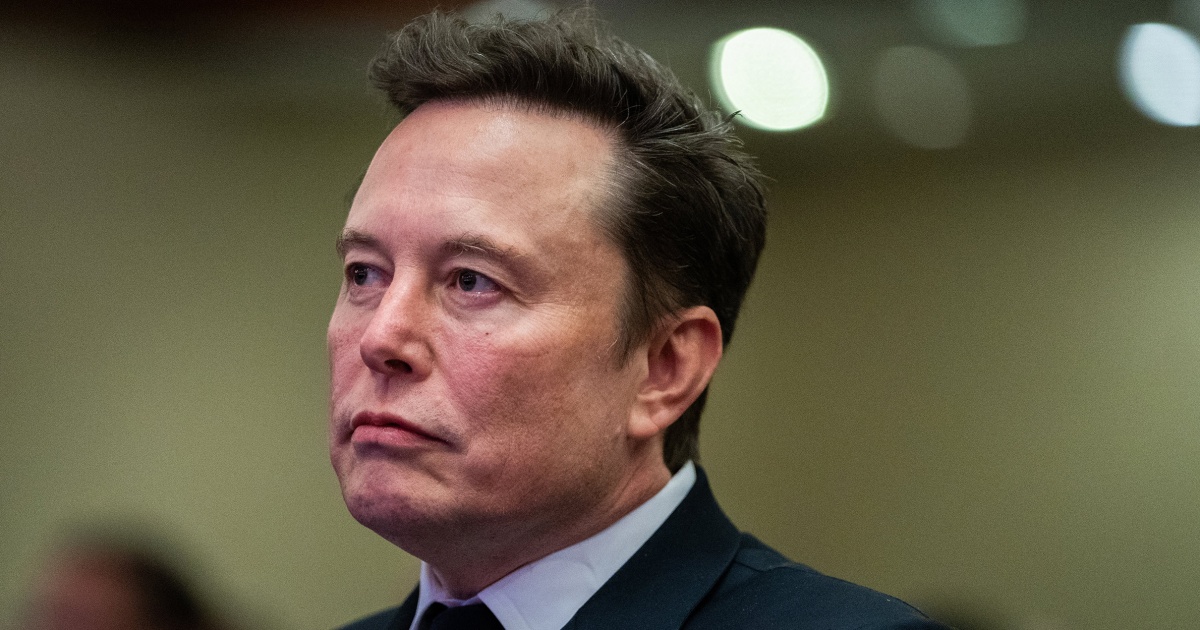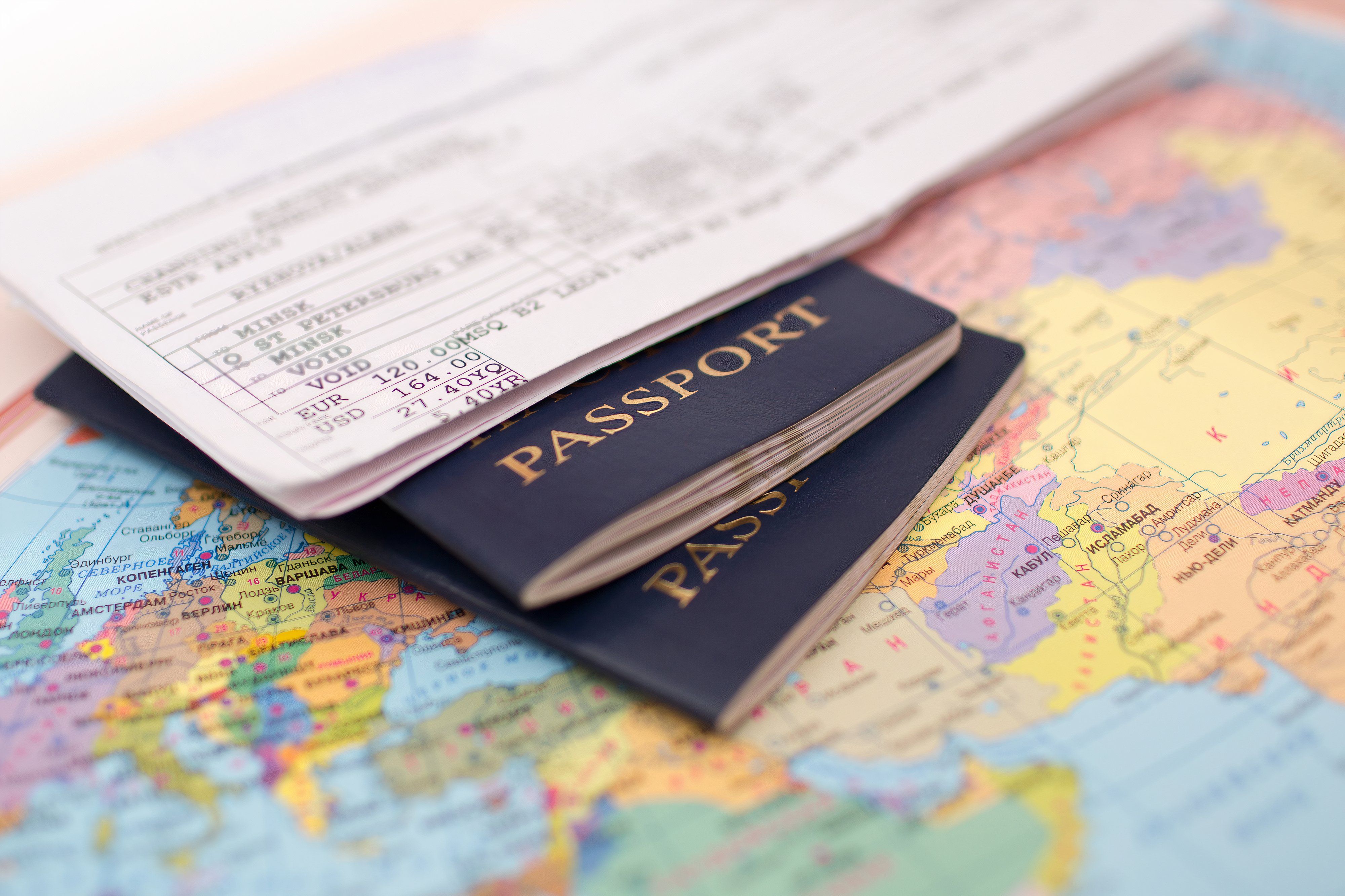Bussiness
Strength in numbers

Despite the plethora of methodologies available, Park says DEFRA is useful “for setting a strong baseline and is essential in understanding both your emissions overall and any increases or reductions over time.”
The standard takes distance travelled and the cabin class in which a passenger flies as its core factors, together with a multiplier for radiative forcing which accounts for the non-CO2 impact of emissions (more on that later).
Many countries have similar methodologies that were domestically developed – such as France’s ADEME and the United States’ EPA – and then there are those considered more advanced, or granular, such as those of ICAO, IATA (CO2 Connect), TIM (the Travel Impact Model), and, a newcomer, Cirium’s Emerald Sky methodology which was launched in May this year. Advito, the consulting arm of BCD Travel, even has a proprietary methodology, Gate4.
These methodologies vary in complexity, considering factors like aircraft type, seat configuration, flight departure date and time, passenger load, and cargo allocation.
Despite advances in emissions calculations, there remains a place for the simplest, spend-based methodologies. “It’s very inaccurate but if all you have is the spend data – someone’s expensed a flight but provided no details – then these methodologies have a plus point,” explained Kit Aspen, founder of sustainability data specialist Thrust Carbon, on a recent webinar.
“DEFRA is good, but ‘actuals’ are the best because of all the differences that might occur,” he added. For example, one airline might fly a slightly longer route than another or arrive at a different time of day when it is more likely to circle an airport. Or, with more empty seats, emissions would be split among fewer passengers. And if an aircraft is carrying freight, that cargo is responsible for a portion of the flight’s emissions.
“When you start looking into all that, then you end up with what’s called a fuel burn calculation. These are the most complex calculations,” said Aspen. “They typically have 10 or 20 completely separate variables coming together and, in general, it’s where the world wants to get to.
“If you want to make intelligent decisions about your travel programme, then you’re going to be using actual data. Because if you want to know if airline A is more sustainable on a key city pair than airline B, then you need to know which planes those airlines are flying. What does their operational efficiency look like? How full are those planes?”
Sustainability specialist Squake, which helps companies track their travel-related carbon emissions, and compensate for them, offers some 30 different methodologies to its TMC, tech and corporate customers.
“Companies have their reasons for choosing a particular one and often it’s their ‘native’ methodology as reporting standards and penalties are applied in country-specific ways,” says Squake co-founder and CEO Philipp von Lamezan.
He also notes that even if your supplier, TMC and a third-party are providing you with emissions data using the same methodology, there can still be discrepancies because of the way, for example, that distance is measured, such as between airports or between city centres. “We often have situations where we need to synchronise the data between us and the corporate or TMC,” he says.










